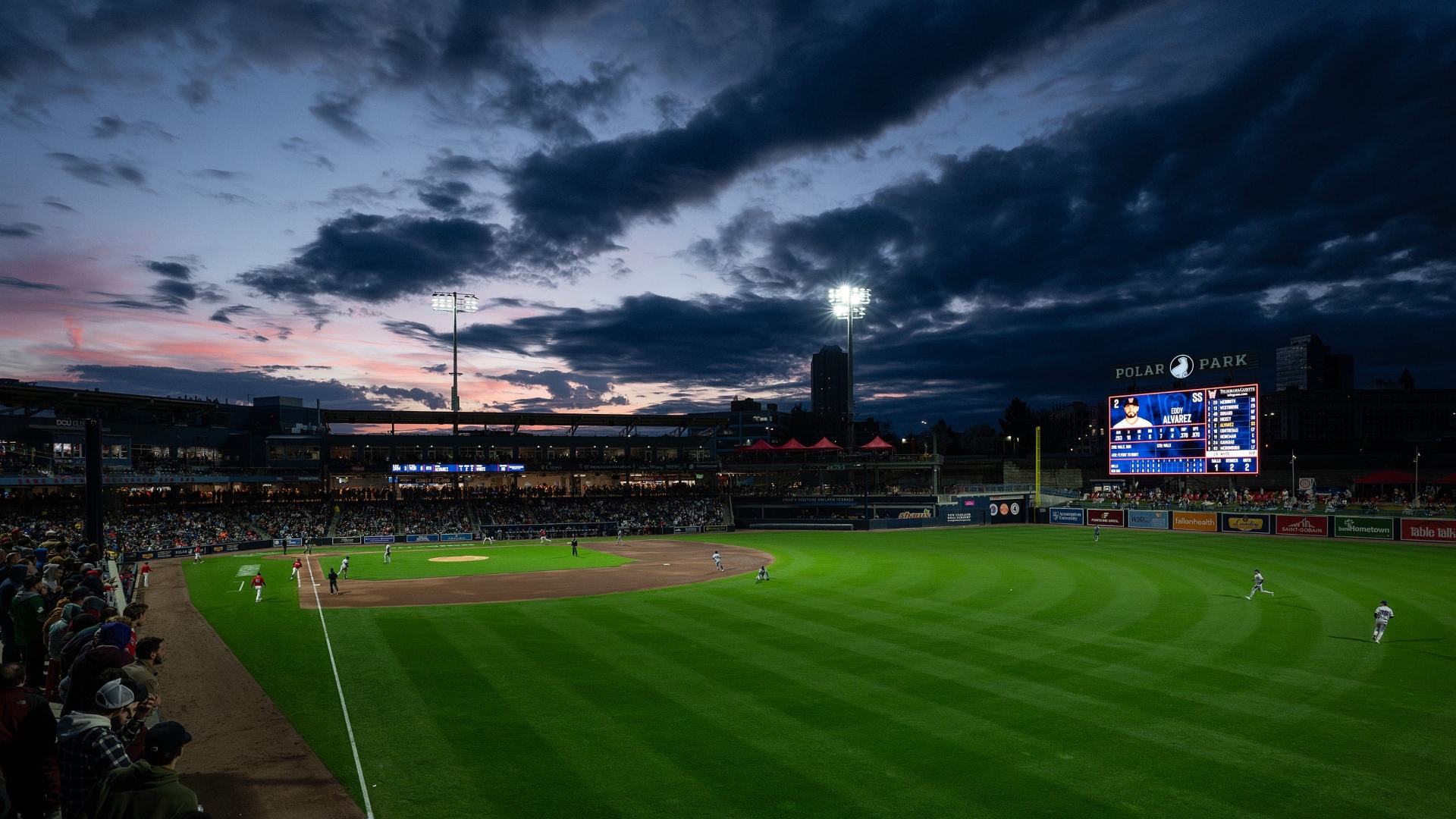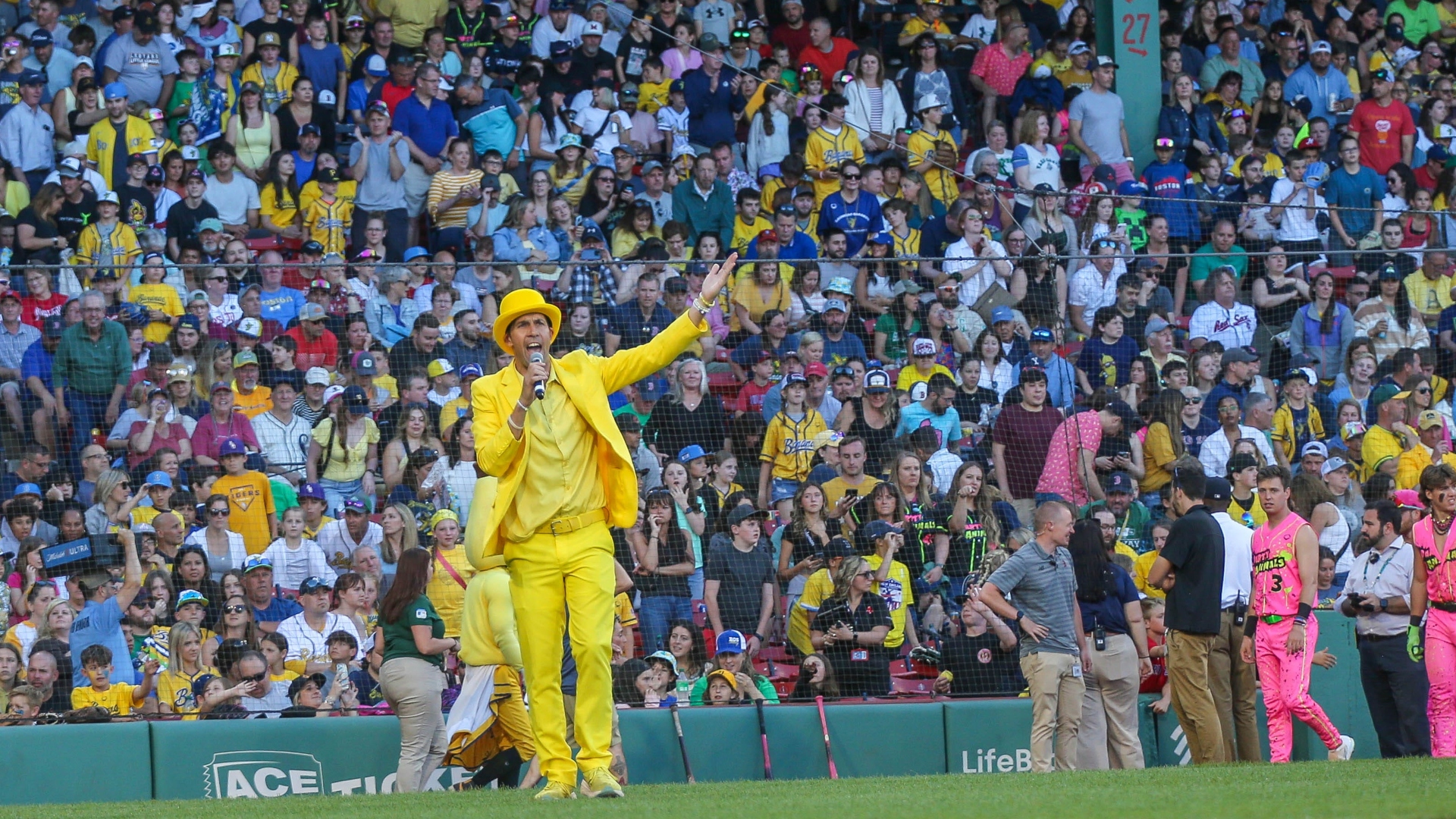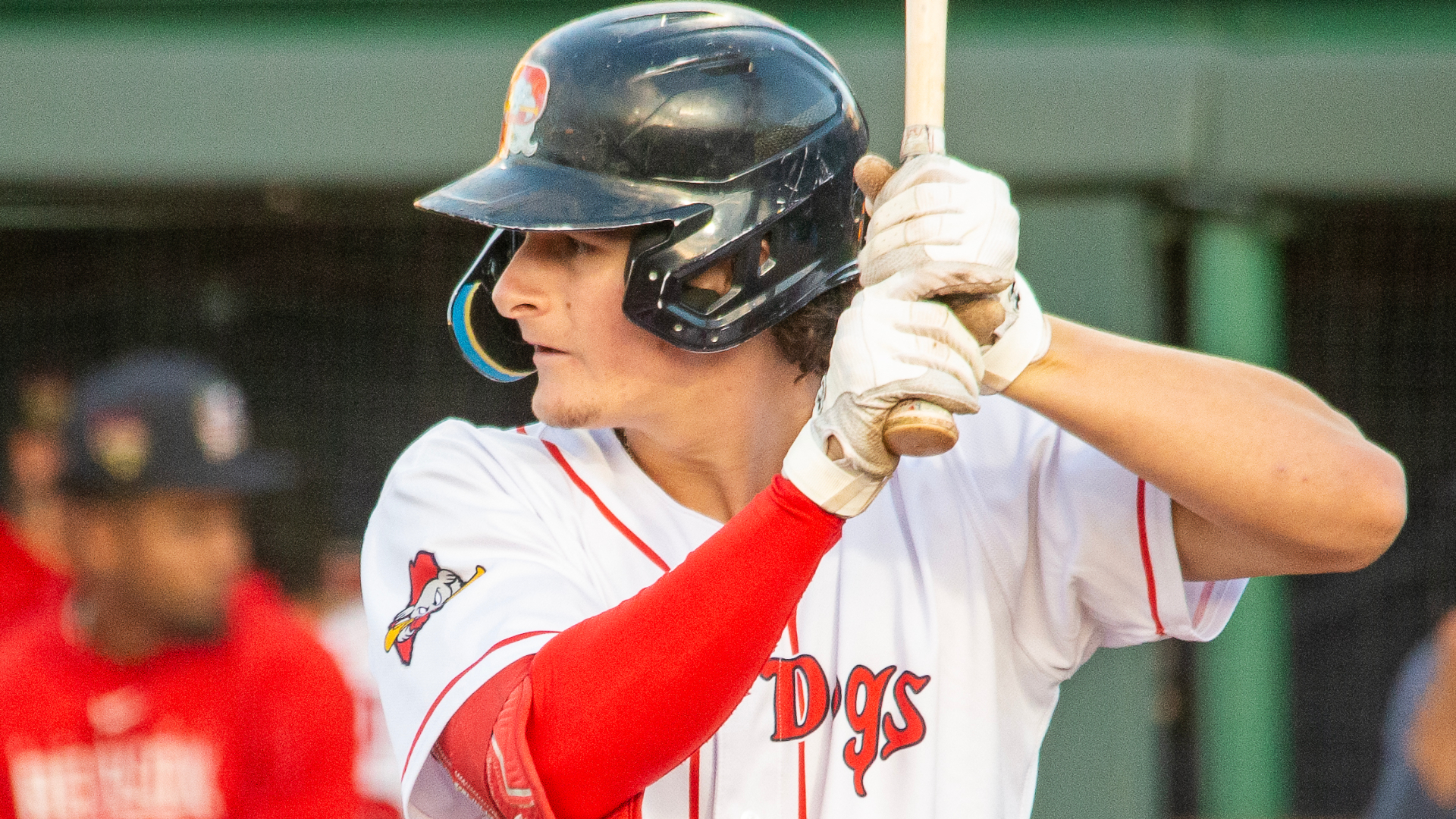Since the dawn of the Theo Epstein era in 2002, the Red Sox have enjoyed nearly a decade of success in the drafting and development of minor league players. Perennially considered one of the better farm systems in baseball, the Red Sox system currently contains mostly high-impact prospects in the lower levels of the minors, but there are still plenty of players ready to contribute to the 2012 squad as well.
There's a certain amount of subjectivity that comes with any prospect ranking, as balancing proximity to the majors, upside and probability is a difficult task. But based on scouting reports from Baseball America, ESPN's Keith Law, Fangraphs' Mike Newman and Marc Hulet and more, plus analysis of both traditional and advanced statistics, here are the Red Sox' top prospects headed into the 2012 season.
Players must meet MLB rookie eligibility requirements (under 130 at-bats or 50 innings pitched at the major league level) to qualify for this list. Teams listed below represent the highest level each player reached in 2011.
1. Will Middlebrooks, third base, Pawtucket
One of the most athletic third base prospects in the minors, Middlebrooks enjoyed a breakout season in 2011. The 23-year-old posted a .302 average and .345 on-base percentage with 18 homers and 25 doubles in 397 plate appearances in Double-A.
Widely regarded as an above-average defender, Middlebrooks' best tools are his arm and his plus power. One area of concern for Middlebrooks is his plate discipline, as he struck out in more than 23 percent of his at-bats last season while walking less than 6 percent of the time. Middlebrooks may never develop into the type of high-OBP player Sox fans have become accustomed to, but has a ceiling as an above-average everyday third baseman in the mold of a young Mike Lowell — albeit with inferior contact rates.
2. Anthony Ranaudo, starting pitcher, Salem
Ranaudo had a solid if unspectacular year in High-A, tossing 81 innings and posting a 4.33 ERA in 16 starts. Ranaudo's 3.95 fielding independent pitching (FIP) suggests he was better than his ERA demonstrates, but it would have been nice to see him pitch with more efficiency. The next major steps in Ranaudo's development will be further refining his changeup and building up his durability -– surpassing 140 innings pitched in 2012 would be a great sign.
Ranaudo projects more as a No. 2 starter than an ace in the majors, but he still comes with significant upside and could compete for a spot in the Sox rotation in spring training 2013.
3. Xander Bogaerts, shortstop, Greenville
This is an aggressive ranking for Bogaerts, but if you believe that the best way to win at the MLB level is through acquiring stars, there's no more exciting prospect in the Red Sox system. Bogaerts' numbers don't look entirely impressive without context, as he put up a .260-16-45 line with a .324 OBP in Greenville. But considering Bogaerts more than held his own as an 18-year-old in Single-A in his second professional season, those numbers are rather impressive.
Bogaerts may eventually outgrow shortstop and slide to third base, but his bat would profile there as well. He's at least three more seasons away from seeing the majors, but his upside is as an all-star who contributes both in the middle of the field and in the heart of a batting order.
4. Jose Iglesias, shortstop, Pawtucket
Just about every Red Sox fans knows the book on Iglesias -– he's ready to be one of the two or three best defensive shortstops in baseball right now, but he's proven to be a liability at the plate to this point in his young career.
Iglesias possesses the bat speed and hand-eye coordination necessary to hit for a solid average, but he struggles with pitch recognition and has very little power. After hitting just .235 with a .285 OBP in Triple-A last year, Iglesias will need to prove himself for a few months before seeing major league time. He's still the Sox’ shortstop of the near future, but 2011 represented a step backward in his development.
5. Ryan Lavarnway, catcher/designated hitter, Boston
Lavarnway has the exact opposite problem as Iglesias: He's ready to contribute in the majors with his bat right now, but is held back by defensive limitations. Lavarnway has well above-average power — especially when he pulls the ball — and mashed 34 homeruns and 25 doubles between three levels last season. Behind the plate, Lavarnway has no problems calling games, but is below average against the run game and needs work on blocking pitches as well. Ideally, Lavarnway will progress into a Mike Napoli-type player who can catch twice a week while primarily DH-ing. If the Red Sox don’t retain Jason Varitek, Lavarnway could begin the season in the majors.
6. Matt Barnes, starting pitcher, Unassigned
One of the better collegiate pitching prospects in the 2011 draft, Barnes was somewhat of a steal for the Red Sox, who nabbed him with the 19th overall pick. Featuring a plus fastball, above average curveball and developing changeup, Barnes should be able to move quickly through the lower minors, with the general consensus being that he'll begin 2012 in Lowell. Barnes needs to work on refining his off-speed pitches and repeating his delivery more consistently, but doesn't need a major overhaul in terms of his mechanics. Barnes profiles as a solid No. 2 starter in the mold of John Lackey (the Angels' version, not the Red Sox' one). If all goes well he could see major league time in 2014.
7. Bryce Brentz, outfielder, Salem
Selected 36th overall in the 2010 draft, Brentz was a risky pick coming out of college. He was wildly productive while at Middle Tennessee State, leading Division I in several offensive categories in 2009, but faced a lesser level of competition than most first round collegiate draft picks. After a rough start to his pro career, Brentz took off in 2011, hitting 30 homers with 25 doubles and a high OBP between Low- and High-A. Brentz lacks the typical patient approach of most Sox prospects, but has 25-homer potential and should be adequate defensively in right field thanks to his arm strength. He's in some ways similar to a young Brad Hawpe. Brentz could reach Triple-A by the end of 2012 and challenge for major league playing time by mid-2013.
8. Felix Doubront, pitcher, Pawtucket
This is an optimistic ranking for Doubront, who threw just 87 2/3 mostly ineffective innings in an injury-marred 2011 campaign. With his low-90s fastball, decent changeup and improving curveball, Doubront isn’t front-of-the-rotation material, but has decent enough stuff to profile as a number four starter on a contending team.
Conditioning will be key for Doubront headed forward, as health deprived him of the chance to be a major contributor to a 2011 Red Sox team short on pitching. Doubront will likely get the chance to compete for a spot in the Sox rotation in spring training, but could ultimately wind up being used out of the bullpen in a similar manner to how Alfredo Aceves was this past season.
9. Blake Swihart, catcher, Gulf Coast League Red Sox
Swihart was the 26th overall selection in the 2011 draft, but based on talent alone, he could have been a Top 15 pick in a deep class. The Red Sox gave Swihart $2.5 million to keep him away from Texas, and the young switch-hitter is already one of their most intriguing prospects. Swihart projects as a high-average, moderate-power hitter who will be athletic enough to catch or play third base down the line. Swihart won't sniff the majors until 2015 at the earliest, but has all-star upside. The Red Sox have had difficulty developing catchers in recent years, so Swihart will be an interesting case to watch.
10. Brandon Jacobs, outfielder, Greenville
A big, physical prospect whom the Sox signed away from a scholarship to play running back at Auburn, Jacobs has some of the most raw power in the entire system. Jacobs had a phenomenal 2011 campaign, hitting .303 with 17 homers, 32 doubles and a .376 OBP. He added 30 steals to boot, although he doesn't profile to be a major threat on the base paths in the majors. Jacobs is still two seasons away from coming close to seeing any MLB time, but his ceiling is as a power-hitting, number five hitter and left fielder in the Carlos Quentin mold.
The Next 10
11. Alex Wilson, pitcher, Pawtucket
The Red Sox' minor league pitcher of the year for 2011, Wilson should see plenty of major league time in 2012. A starter in the minors, Wilson could take over Daniel Bard's eighth-inning role should the later become the team's new closer.
12. Sean Coyle, second base, Greenville
Coyle only batted .247 in his first full professional season, but made up for that with a .364 OBP, 14 homers and 20 stolen bases. Both Baseball America and SoxProspects.com compare Coyle to Brian Roberts, and there are many parallels between the two diminutive second basemen.
13. Kolbrin Vitek, third base, Salem
Vitek was the Red Sox' first pick in the 2010 draft, and had a solid if not spectacular first full professional season in 2011. Vitek profiles as a Chase Headley-like player who could eventually move to the outfield given the Sox' glut of hot corner prospects.
14. Drake Britton, starting pitcher, Salem
After a phenomenal 2010 season, Britton's 2011 was an absolute disaster, as the flame-throwing lefty regressed in nearly every facet of his game. Britton is far from a sure thing, but retains enough potential as a number three starter or impact reliever to remain on this list.
15. Garin Cecchini, third base, Lowell
Cecchini is another high-upside player with a plus bat, but has been unable to stay on the field to this point in his young career. His development will be in serious jeopardy if he doesn't play a full season in 2012, but he could skyrocket up this list if healthy.
16. Junichi Tazawa, starting pitcher, Boston
Tazawa has been largely forgotten after missing all of 2010 and most of 2011 recovering from Tommy John surgery, but the righty showed promise in a small sample size towards the end of last season. He could be a threat to grab some starts in the majors by mid-2012 and profiles as a number four starter.
17. Jackie Bradley Jr., outfielder, Greenville
A star in college at South Carolina, Bradley battled injuries in his final season, allowing the Sox to pick him up in the supplemental first round of the 2011 draft. A David DeJesus-like player, Bradley should move quickly given his experience, and could be the successor to Jacoby Ellsbury in center field in 2014.
18. Kyle Weiland, pitcher, Boston
Weiland pitched well in Triple-A last season but appeared to be overmatched in his five starts at the major league level. Weiland was a closer at Notre Dame, and his future with the Red Sox will likely come in the bullpen as well. He could begin the season as the long man in the Sox' bullpen.
19. Henry Owens, starting pitcher, Unassigned
Owens may very well be the last player on this list to make it to the majors, but he was one of the best southpaw prep arms in the 2011 draft. Owens needs to become stronger and work on his offspeed pitches, but lefty starters who throw in the mid-90s are rare, and Owens could pitch in the top-half of a rotation in time.
20. Brandon Workman, starting pitcher, Greenville
Overshadowed during his collegiate career at Texas by some big-name teammates, Workman is nonetheless a safe bet to become a productive major league pitcher. Workman will need to improve his strikeout rates next season, and he best profiles as a Justin Masterson-like swingman who could be ready by mid-2013.



